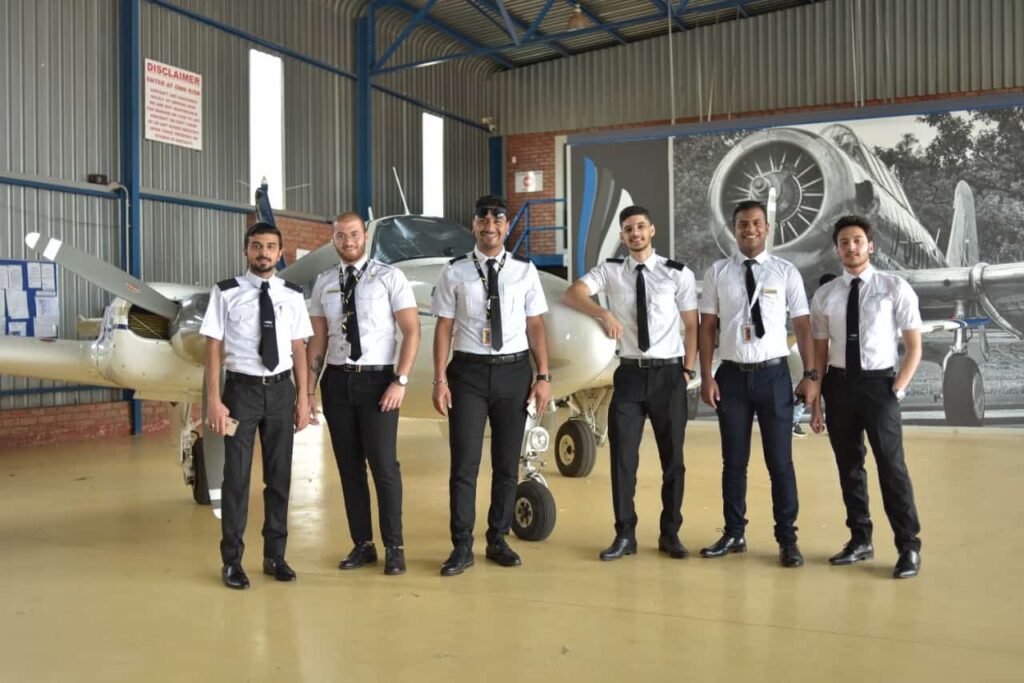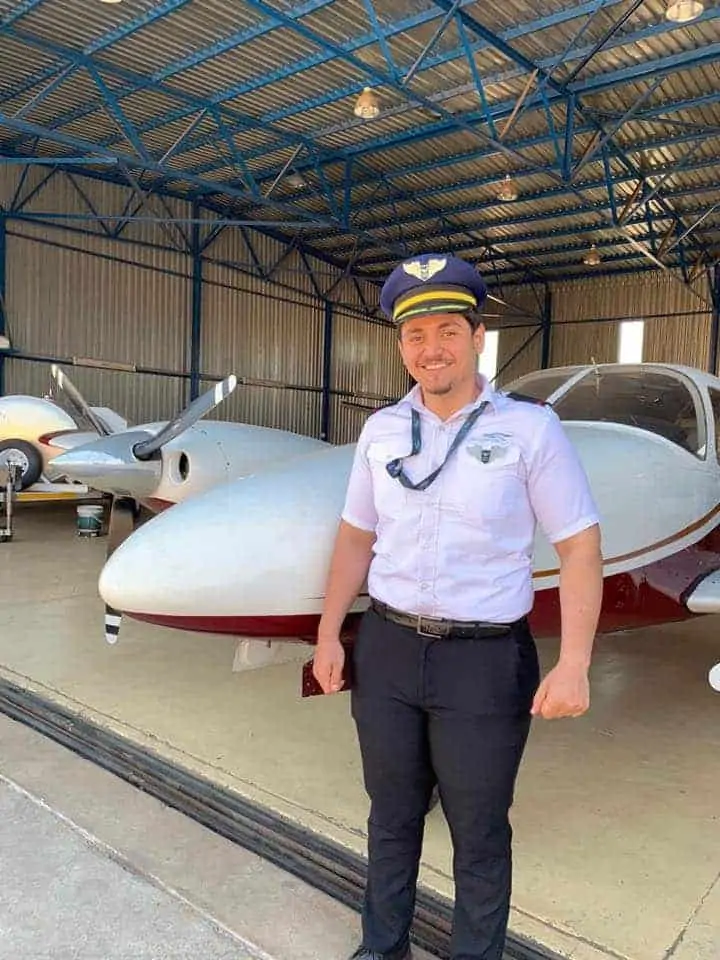
PPL
Private Pilot License
A Private Pilot License (PPL) is the first step you take to become an official airline pilot.
In this course, you learn the necessary maneuvers and basics of aviation that you need to legally fly an aircraft.
What Are The Requirements For a Private Pilot Course?
Accepted Age
At least 17 years old.
Language
Able to understand and communicate in English.
Qualifications
Have a high school certificate
What Are The PPL Holder Rights As Pilot?
The Private Pilot certificate, internationally referred to as the Private Pilot License (PPL), is your first goal as a pilot. The PPL provides foundational knowledge and skills for all future aircraft pilot training.

Demo Aircraft
You can demo aircraft for sale. If you are an aircraft salesperson and have at least 200 hours of logged flight time, you may demonstrate an airplane in flight to a prospective buyer.
Provide Airplanes Rides For Charity
You can provide airplane rides to raise money for charity. You may act as a pilot in command of a charitable, nonprofit, or community event flight. You can participate in search and rescue.
Share Expenses
You may equally share the operating expenses of a flight with passengers. These expenses may only involve fuel, oil, airport expenditures, or airplane rental fees.
Your Right In Fly
As a PPL Holder, you may not act as a pilot in command of an aircraft that is carrying passengers or property for compensation or hire, nor may you be paid to act as a pilot in command. However, you may be paid or hired to act as a pilot in command of an aircraft in connection with any business or employment if:
– The flight is only incidental to that business or employment
– The aircraft does not carry passengers or property for compensation or hire.
Solo Flying
The solo is the first rung on the ladder, but make no mistake about it, it is a major accomplishment. By soloing, you have proven that you are a pilot, not just a student. No one can come up there to help you get the airplane down; you’re totally dependent on the skills you’ve brought with you. Your instructor will let you fly solo when you’re ready.

In some cases, when the student is permitted to fly alone, the instructor directs the student to fly three circuits of the traffic pattern, each accompanied by a full stop landing.
During the first solo circuit, the flight instructor may do the following:
- Paying close attention to the approach and landing
- Supervise the student’s performance from the ground
- Keep a radio handy, if there is one in the aircraft, in case the student pilot should need assistance or advice.
Depending on the country, a minimum number of training hours must have been completed by the student to be allowed to fly solo. In most countries, it is assumed that such students will be familiar with ―and may have to pass an examination― on the relevant Air Laws or Regulations and will have completed exercises in handling aircraft in normal conditions, and also what to do in the case of an engine failure on takeoff, in-flight, and before landing.
The first solo is one of the most special moments in your flying career and perhaps even your life.
Give that moment the attention it deserves. Your adrenaline levels are bound to run high but try to sit back, relax and enjoy the flight.
Dual Flying
It means flight time during which a person is receiving flight instruction from an appropriately licensed and rated pilot on board of dual control aircraft.
When an aircraft carries two or more pilots as members of the operating crew, one of them shall, before the flight commences, be designated by the operator as the aircraft PIC, according to operational requirements, who may delegate the conduct of the flight to another suitably qualified pilot.
All flying carried out as PIC is entered in the logbook as ‘PIC’. A pilot flying as ‘PICUS’ or ‘SPIC’ enters flying time as ‘PIC’ but all such entries are to be certified by the PIC or FI in the ‘Remarks’ column of the logbook.
45 Hours
in total
25 hours
dual instruction
10 hours
supervised solo
5 hours
cross country
and this will include a Qualifying Cross Country Flight of at least 150 nautical miles landing at two other airfields. The remaining hours can be completed dual, solo or some of each. The dual instruction flight environment has to be one of the most demanding learning environments for both the instructor and the student. This is true regardless of the student is primary or advanced, and the instruction is an organized training program or a periodic recurrence ride.
Good instructors are accustomed to this environment, and can vary their teaching techniques according to the student’s ability to accommodate the workload. Students, on the other hand, have a limited amount of flexibility in their ability to adjust to an increased cockpit workload. That is, after all, why they are students.
What is the Course Theoretical Subjects?
The PPL flight instruction syllabus covers the following:
01.
Pre-flight operations, including mass and balance, inspection and servicing.
02.
Airport and traffic pattern operations, collision avoidance precautions.
03.
Flight at critically low airspeeds, recognition of and recovery from, incipient and full stalls.
04.
Flight at critically high airspeeds, recognition of and recovery from spiral dives.
05.
Control of the airplane by external visual reference.
06.
Normal and crosswind takeoffs and landings.
07.
Flight by reference solely to instruments.
08.
Operations to and from and transiting controlled airports.
09.
Cross-country flying using visual reference, dead reckoning and radio navigation aids.
10.
Emergency operations, including simulated airplane equipment malfunctions.
11.
Maximum performance (short field and obstacle clearance, takeoffs, and landings).
PPL Time Frame
18 months
in which to complete all nine exams from the end of the month that you have attempted your first exam
24 months
and once all exams have been completed, you then have 24 months from this date in which to successfully pass your PPL skills test.
